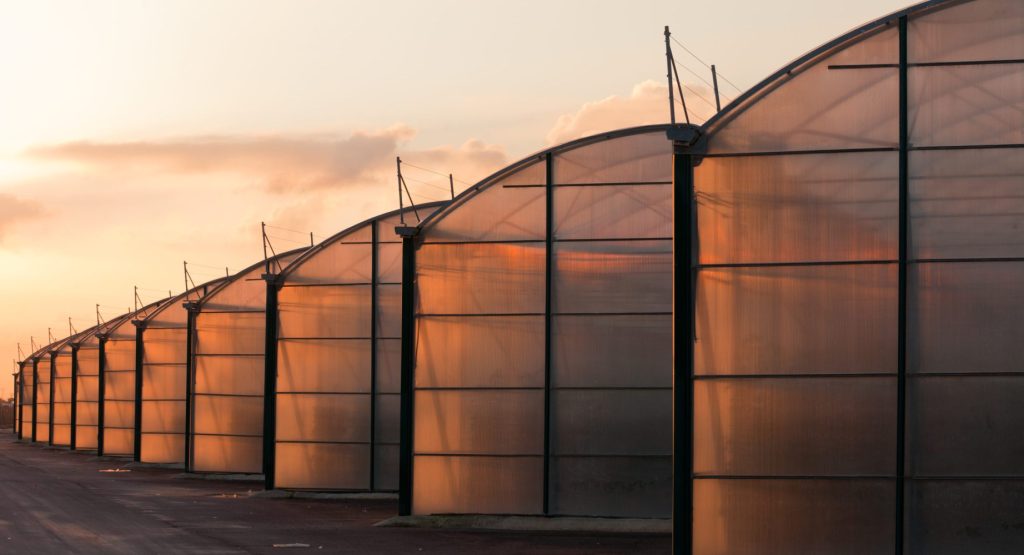
Aquaponics: A Quick Overview
Sustainable food production depends on the recovery of water, energy, and nutrients from waste streams within existing supply chains. Greenhouse hydroponic systems (HYP) and recirculating aquaculture systems (RAS) are two intensive food production systems that in combined production as aquaponics (AP) can utilize fish wastes as fertilizers, while recycling water and energy to increase both systems’ sustainability and efficiency. Such systems are gaining the attention of entrepreneurs and policy makers globally because of their ability to meet local consumer demand for fresh produce from vegetable/fruit crops and high-quality protein from fish. Prior consortia research indicates that engagement with such resource-efficient systems requires designs that not only optimize performance but remain sustainable as market demands, supply chains, and climate evolve. Hence implementation of social, economic, and technological innovations must respond to stakeholder needs and their ability to adapt. As such, this project contributes to decarbonized, and resource-efficient food production with an interdisciplinary approach; it improves nutrient reuse and microbial relationships for fish and plant health; increases energy efficiency; reduces fossil fuel dependency and freshwater needs; develops scalable models for implementation; enhances deployment of human resources with technologies; explores how AP can be adapted to geoclimatic diversity.
Aquaponics (AP) is a system composed of both HYP and RAS with biofilters in between where bacteria convert organic matter from RAS wastes into nutrients to fertilize HYP edible crops. It isa circular loop system recycling both water and nutrients that would otherwise be lost, so it significantly reduces water consumption and nutrient inputs. Pumps, fans, lights, and heating/cooling devices typically use energy from fossil fuels, but there are exciting opportunities now to integrate alternative energy sources to significantly reduce that dependency. Widespread adoption of aquaponics as a ‘green’ sustainable food production system needs further research and innovation to optimize system performance through enhancing biofilters, reducing reliance on fossil fuels, and assisting producers in transitioning to energy-efficient AP designs that fit their local human and natural resources, while supporting them in management, marketing, and distribution decisions.
Globally, the feasibility and environmental footprint of AP systems depends on climate, technology adoption levels, and cultural contexts. To address these needs, this project also leverages socioeconomic expertise and stakeholder knowledge to create a truly interdisciplinary team on five continents.
The partners share the goal of advancing AP technology and implementation that support regional environmental, economic, and social sustainability objectives. The project aims to enhance a climate-change-resilient food production system that:
1. Reduces, reuses, and recycles inputs while increasing nutrient and water use efficiencies.
2. Reutilizes industrial and agricultural waste streams to turn them into food, energy and profit.
3. Provides ways to produce food that adapt to local climate change conditions.
4. Builds community capacity to support and sustain positive change through skills development and knowledge exchange.
The consortium will take a holistic approach in the context of agroecology to evaluate AP operations in diverse geo-climatic zones and document how adaptations of their technologies and practices can better support local and regional food production. Relevant technology for such resource-efficient systems requires designs that explore and quantify multifactor interactions of biological components to maintain or enhance productivity beyond the capabilities of current AP systems. Scientific testing of microbial digester designs aims to maximize decomposition of fish wastes and provide plant crops with essential nutrients in bioavailable forms. Development and integration of smart biosensors to automatically collect water quality data and automate systems will facilitate operational monitoring and controls that are currently labor-intensive and not always timely. Design innovations will consider existing fish-plant AP pairs but evaluate and test the potential of other culturally acceptable species that would have production and marketing appeal. An added value of design innovations lies in automating data collection and feeding it into current modelling software. Simulations of operational conditions can compare and contrast situational variables for AP stakeholder operators to consider, and for design engineers to optimize before modifications are implemented.
Integral to this research, we will analyze a broad range of quantitative and qualitative data about stakeholder attitudes, regulatory policies and socio-economic conditions within the diverse geoclimatic zones represented among our project partners. The consortium consists of expertise in aquaculture, horticulture, aquaponics, energy performance, economics, human geography, and the built environment. Six research work packages (WP) emphasize integration across disciplinary lines, and the seventh WP ensures that sustained communications among them results in interdisciplinary deliverables and dissemination. There is additional added value from academic partners working closely with stakeholders to identify and test innovations that provide cost-cutting improvements with fewer inputs of labor, transportation, and inorganic nutrients.
